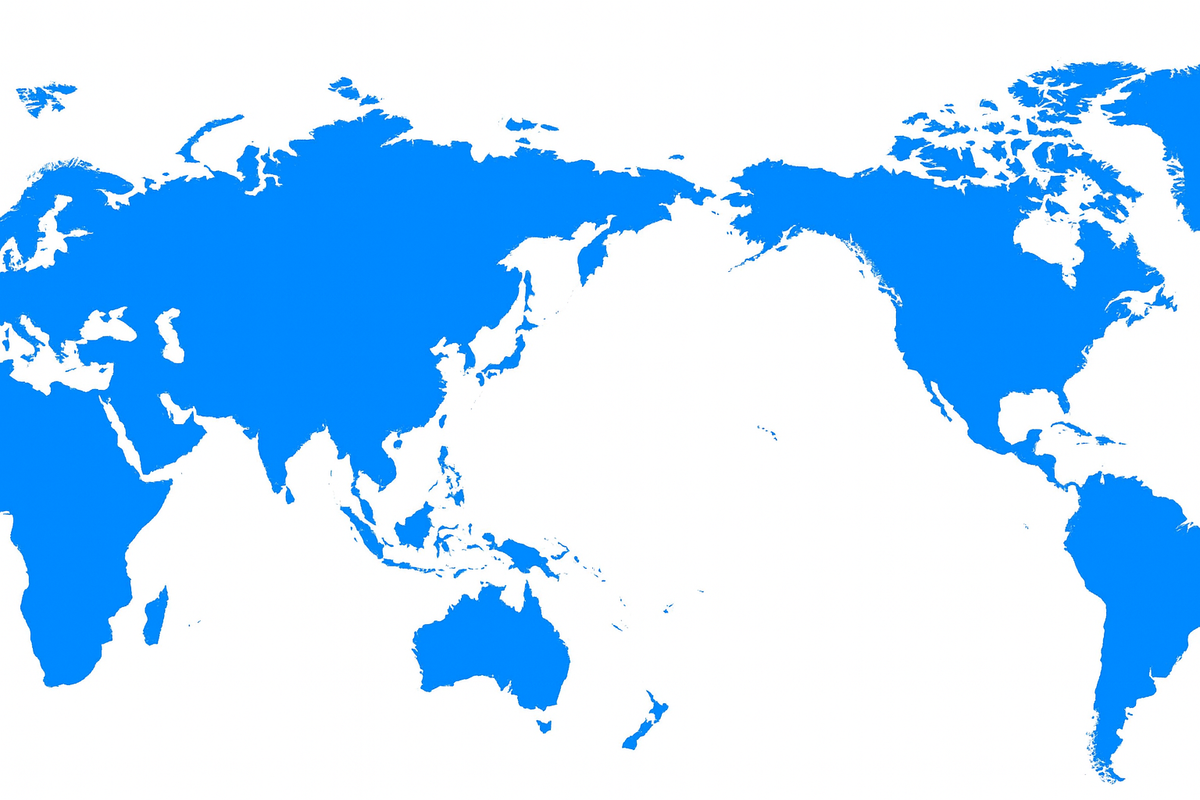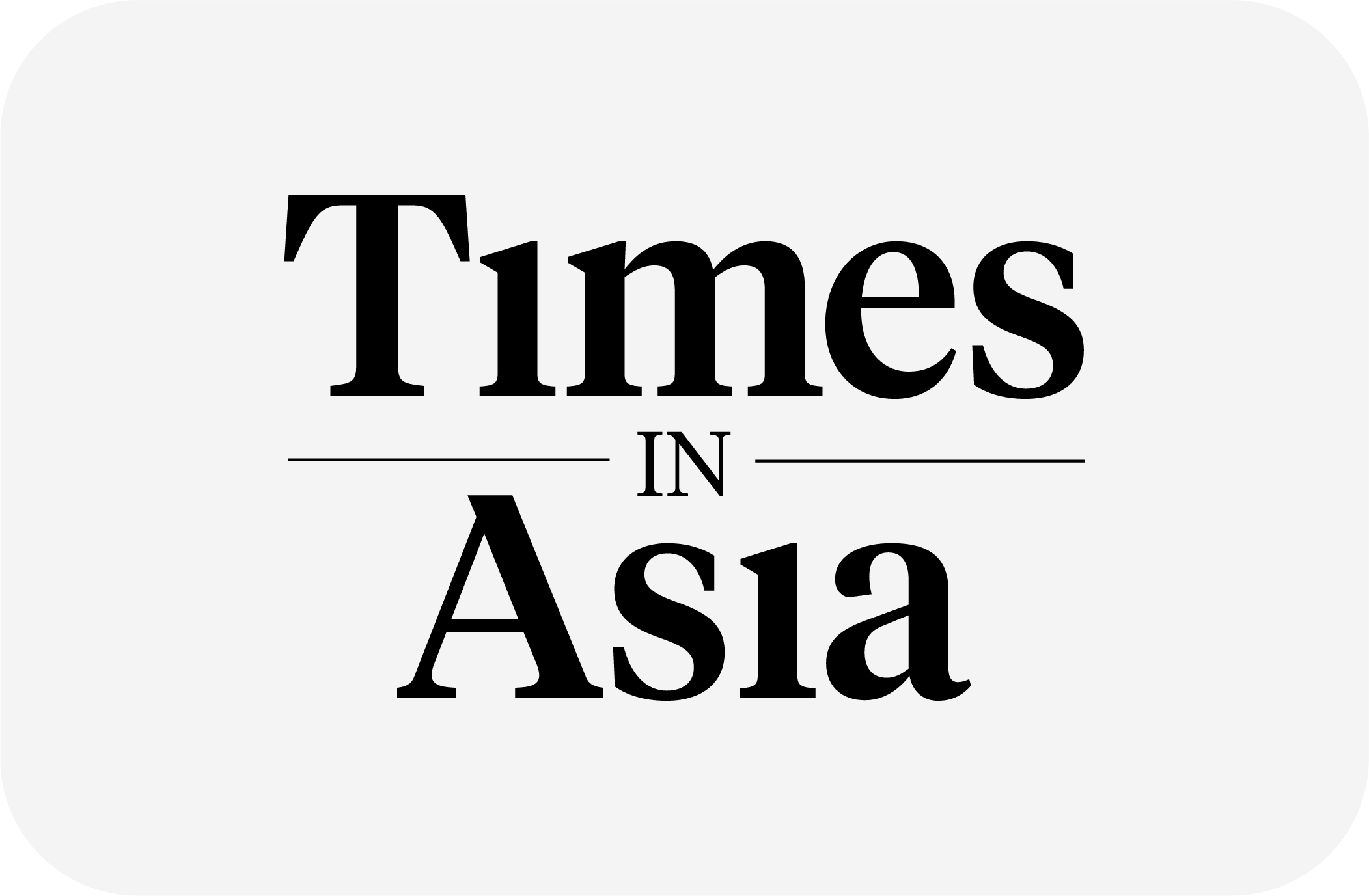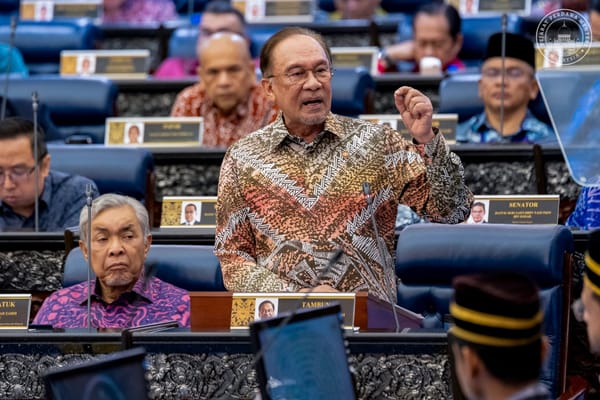
US trade reset redraws Asia’s strategic map
The US recalibrated its import tariff regime on 31 July, replacing sweeping 'Liberation Day' sanctions with a tiered framework that reveals a new economic hierarchy across Southeast and South Asia.
The revised structure, planned to take effect on 1 August, but subsequently postponed until 7 August, cut tariff rates for countries with bilateral deals but left others with punitive or symbolic downgrades regardless of friendship.
US President Donald Trump's new tariff matrix redraws strategic lines across the Indo-Pacific, with governments now confronting an order that rewards alignment and punishes hesitation.
Tariff update reflects selective alignment logic
Originally imposed on 2 April, the 'Liberation Day' tariffs introduced duties ranging from 30% to 50% on US imports from more than 40 countries, including Vietnam, Cambodia, Thailand, Indonesia, Bangladesh, Sri Lanka and Laos. ASEAN Briefing said the measures were initially framed as defensive, targeting perceived transshipment risks and unbalanced trade terms.
By late July, the US Trade Representative’s office had begun to issue country-specific amendments that softened the tariff blow for select partners. Vietnam’s rate fell from 46% to 20%, Indonesia’s from 32% to 19%, and Cambodia’s from 49% to 19%. Thailand and Bangladesh also secured new caps of 19% and 20% respectively, following rapid negotiations.
The Philippine case drew particular attention, with its tariff rate increasing from 17% to 19% despite President Ferdinand Marcos Jr’s early diplomatic outreach.
A statement from the Philippine Presidential Communications Office on 23 July quoted Marcos Jr. at the end of his three-day trip to Washington: "We managed to bring down the 20% tariff rate for the Philippines to 19. Now, 1% might seem like a very small concession. However, when you put it in real terms, it is a significant achievement," he said.
Countries without formal deals such as Laos remain subject to rates of 40% or more, as documented in updated US tariff letters published by the Trade Compliance Resource Hub on 30 July.
Negotiated relief underpins industrial survival
The revised tariff architecture favoured states that moved quickly to offer reciprocal concessions. Indonesian media said Jakarta’s deal with the US included commitments on mineral exports and digital trade norms, alongside reduced inbound US duties. CBS News reported that Indonesia dismantled certain export restrictions as part of the agreement.
Vietnam’s gains were tied to negotiations over market access and origin-traceability compliance, particularly in electronics and apparel. Vietnam Briefing said Hanoi avoided potentially crippling shocks to its export sector by securing a 20% cap, down from the initial 46%.
By contrast, Laos and Sri Lanka faced limited negotiating leverage. Sri Lanka achieved a partial reprieve, with rates falling from 44% to 30%, though Colombo-based manufacturers said the new ceiling remained difficult to absorb for apparel exporters.
The Philippines case tests diplomatic currency
Marcos Jr’s White House visit in July produced a reciprocal agreement on digital customs, investment screening and dual-use technology controls.
However, the headline tariff increased. The South China Morning Post said the final 19% rate had been interpreted by Manila-based economists as a diplomatic slight, signalling Washington’s transactional posture.
Philippine trade groups have called for further negotiations to align with peer ASEAN rates. The Semiconductor and Electronics Industries in the Philippines Foundation said the increase would narrow margins for firms shipping to US clients.
ASEAN’s internal asymmetries laid bare
The tariff reset tested ASEAN’s ability to coordinate responses to external trade shocks. Rather than adopting a joint strategy, member states pursued bilateral negotiations that delivered divergent outcomes.
Cambodia, Vietnam and Thailand achieved parity at 19% to 20%, while Laos was left with a 40% rate and no active diplomatic channel for relief. ASEAN Briefing said the divergence may deepen structural imbalances in the region’s export landscape and strain efforts toward customs integration.
Singapore, Malaysia and Brunei were excluded from the original US tariff list, though analysts noted this exemption may shift trade flows regionally, especially regarding electronics transshipments.
Sector-specific effects already unfolding
Southeast Asia’s clothing, electronics and processed food sectors are the most directly affected by the tariff changes. Cambodia and Bangladesh, both heavily dependent on garments, stand to benefit from the revised 19% to 20% caps, which reopened US buyer channels after months of stalled orders.
Thailand’s electronics sector welcomed the rate cut as a lifeline for US-bound components, particularly from factories in eastern industrial zones. Vietnamese firms in Ho Chi Minh City also resumed shipment planning to US ports, citing a narrow avoidance of disruption.
However, tighter rules on customs data, digital compliance and dual-use materials have been written into most bilateral agreements. This adds administrative costs even for countries that achieved rate reductions.
Washington signals hierarchy in future trade alignment
The tariff reset reflects more than trade arithmetic. It codifies a transactional alignment model that now anchors US economic policy in Southeast and South Asia. Countries that met US demands on tech regulation, investment scrutiny or strategic posture secured favourable rates. Others, despite diplomatic proximity, did not.
This structure may preview how Washington will approach future bilateral and regional trade frameworks. While the 1 August changes averted a full-blown rupture, the underlying matrix privileges compliance over goodwill. For ASEAN, the outcome affirms a hard truth: solidarity has limits when strategic favour is granted unilaterally.

